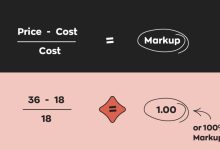As the name suggests, KOL marketing means leveraging the huge social media influence of online personalities to drive collaboration, traffic, and ultimately, sales.
In my 16 years in the industry, I have personally witnessed countless clients achieve success through influencer and KOL partnerships. These clients, spread across countries all over the world, generated massive order volumes and built a loyal base of repeat customers.
Influencer marketing cannot be ignored—neither in the past, nor today.
If we take a look at major social platforms, we see influencers everywhere. Recently, for example, South American football jerseys,
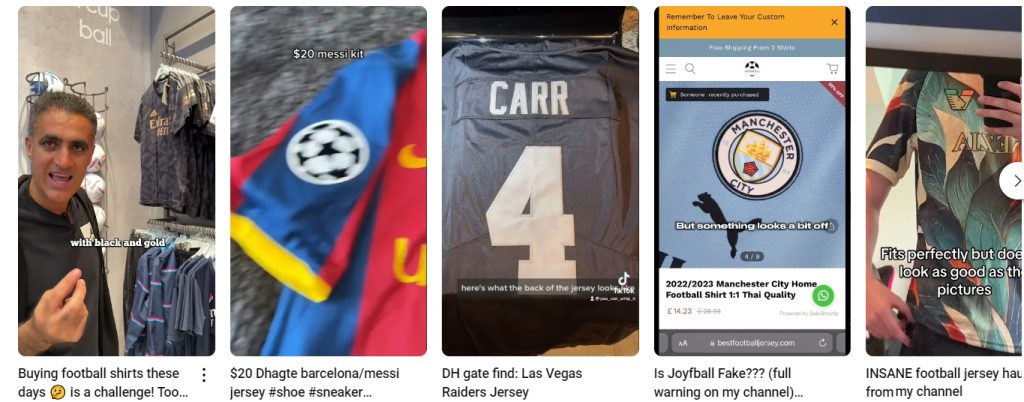
luxury watches,

and handbags have been trending heavily online.

These products are frequently promoted by influencers, and their massive reach covers nearly every replica product category.
Within the replica DTC site ecosystem, influencers and KOLs occupy a crucial position in promotion. Their traffic contribution is so significant that it represents almost half of the marketing landscape.
Today, let’s break down some basic approaches to influencer and KOL collaboration.
In the replica DTC site business, influencer traffic development usually follows a “three-phase process”, which can be further broken down into seven steps. Since each seller has different methods, there is no single standard. Here we’ll outline the common framework.
1). Look For (Finding Influencers)
The first step is to identify suitable influencers. This can be done manually or by using professional tools.
For example, on YouTube, you can enter keywords like “replica bags” and immediately find a large number of influencer resources. Of course, not all of them are suitable for cooperation—some may already be sellers themselves, while others may have high costs with limited ROI. Choosing the right influencer depends on your own judgment, experience, and ability to filter out the best candidates from a large pool of information.

There are also software tools—some free, some paid—that can help list and filter influencers more efficiently.

Each comes with different features, so sellers can choose based on their own situation.
2). Evaluate (Assessing Influencers)
Evaluation can also be done manually or with software.
-
Manual evaluation requires strong operational experience. Key factors include country of audience, follower count, posting frequency, engagement rate, and more. These multi-dimensional indicators help sellers judge whether the influencer is a good fit.
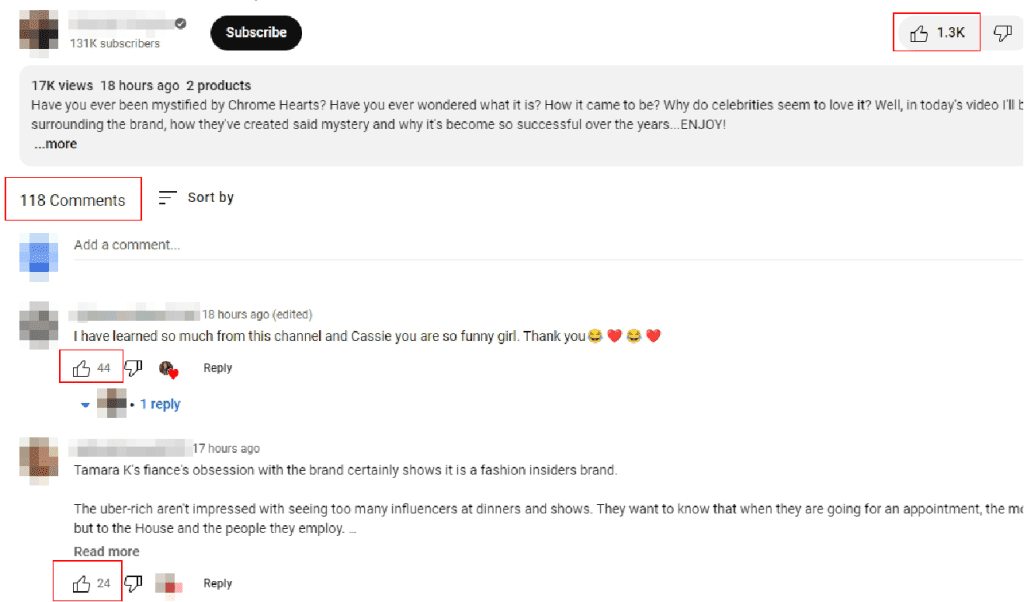
-
Software-based evaluation allows for big-data analysis, where metrics are clearly visible.
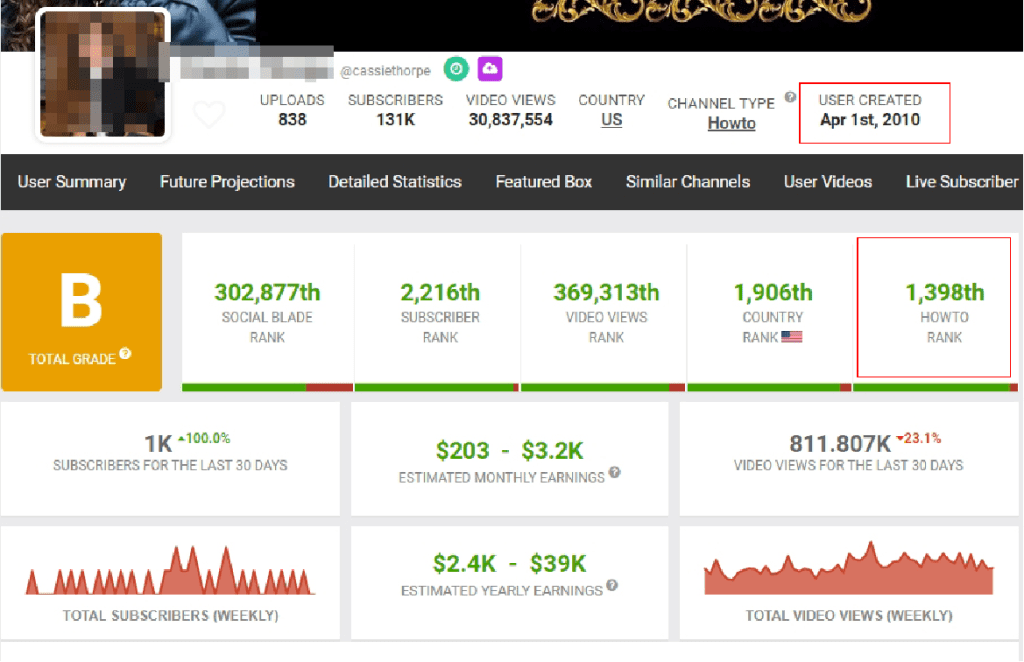
This makes it easier to assess influencer quality and improves accuracy in decision-making.
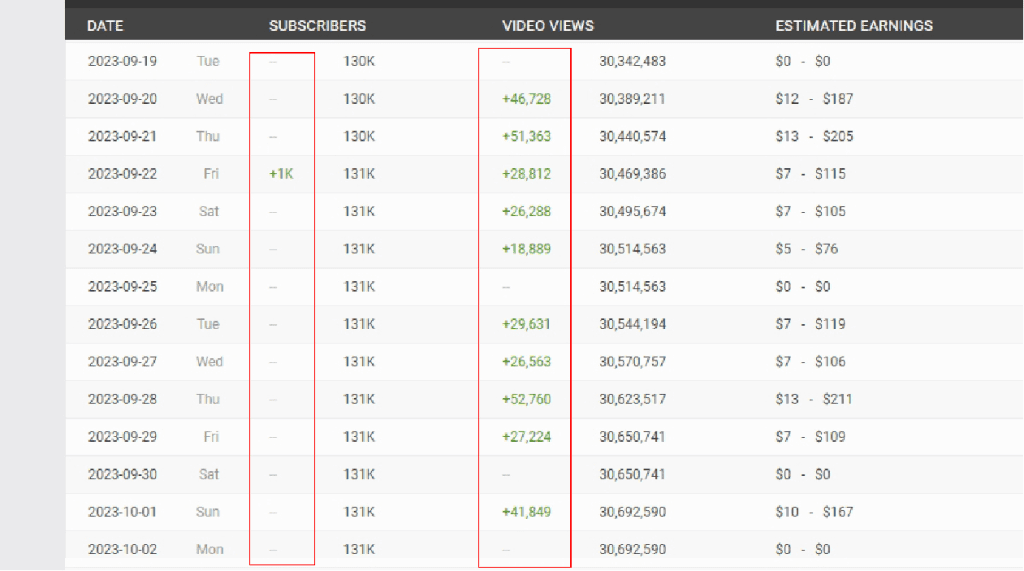
Ultimately, this evaluation step determines whether the KOL marketing campaign succeeds or fails.
3) Cooperate (Building Partnerships)
Once the right influencers are identified, the next step is actual cooperation, which includes:
-
Contacting Influencers – Using a professional outreach email template significantly increases reply rates. Without it, messages may go unanswered.
-
Initial Cooperation – Test campaigns to measure performance.
-
Ongoing Cooperation – Long-term collaboration and tracking to optimize results.
-
Affiliate Collaboration – This is key to sustaining long-term partnerships. No single seller can dominate profits; instead, mutual benefit through affiliate marketing ensures both sides win.
-
Summary & Resource Building – Document and compile influencer data to build your own influencer resource library for future campaigns.

In many cases, replica DTC sites rely on affiliate tracking features to manage influencer partnerships, monitor sales performance, and handle commissions.
Conclusion
Beyond YouTube KOLs, there are also plenty of high-quality influencers on other SNS platforms such as Instagram and TikTok. These channels have become essential in replica DTC site marketing.
However, influencer and KOL marketing involves countless details, optimizations, and potential pitfalls. In today’s environment—where genuine influencers mix with scammers—it is critical for sellers to develop their own system of identification and evaluation. Otherwise, instead of being a valuable growth channel, KOLs may turn into a costly trap, leading to both financial losses and wasted time.
Due to space limitations, we won’t go into every detail here, but the key takeaway is clear: success in replica KOL marketing requires strategy, careful filtering, and experience.
Solutions and Future Outlook
To address the challenges of replica KOL marketing, sellers running DTC sites can focus on several practical solutions:
-
Stricter Order Filtering – Implement a clear process to identify serious buyers, reducing wasted influencer traffic.
-
Tiered Influencer Strategy – Instead of only targeting top-tier influencers, work with micro- and mid-tier influencers who often deliver higher engagement at lower cost.
-
Affiliate-Based Partnerships – Build long-term collaborations through affiliate programs, ensuring that influencers are motivated by mutual profit.
-
Content Alignment – Choose influencers whose style, audience, and content type align with your product niche, maximizing conversion.

Looking ahead, influencer and KOL marketing in replica DTC sites will continue to evolve:
-
Shift Toward Short-Form Video – Platforms like TikTok, Instagram Reels, and YouTube Shorts will dominate traffic, making short video collaborations a priority.
-
Data-Driven Influencer Selection – Sellers will increasingly rely on AI-driven tools and big-data analytics to evaluate influencers with higher accuracy.
-
Greater Demand for Authenticity – Audiences are becoming more selective. Collaborations that appear genuine and provide value will outperform pure sales-driven campaigns.
-
Affiliate Ecosystem Expansion – The role of affiliate tracking will grow, as sustainable partnerships rely on measurable ROI and transparent profit-sharing.
In short, while influencer and KOL marketing for replica DTC sites carries risks, it also represents one of the most powerful growth levers. By applying structured evaluation, smart cooperation models, and forward-looking strategies, sellers can turn influencer marketing from a potential trap into a sustainable profit engine.
 Custom E-commerce Solutions for High-Quality Designer-Inspired Fashion Replicas | Website Development, Dropshipping, Payment Integration for PayPal and Stripe, Ad Cloaking Services
Custom E-commerce Solutions for High-Quality Designer-Inspired Fashion Replicas | Website Development, Dropshipping, Payment Integration for PayPal and Stripe, Ad Cloaking Services



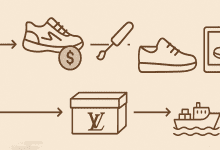


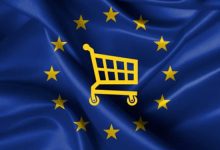







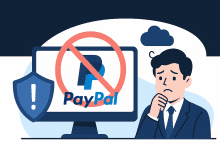







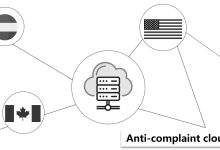




![5 Best WordPress Themes for Replica Product International Trade Websites [Recommended]-Custom E-commerce Solutions for High-Quality Designer-Inspired Fashion Replicas | Website Development, Dropshipping, Payment Integration for PayPal and Stripe, Ad Cloaking Services](https://replicasmaster.com/wp-content/uploads/2025/06/1-1-220x150.jpg)
